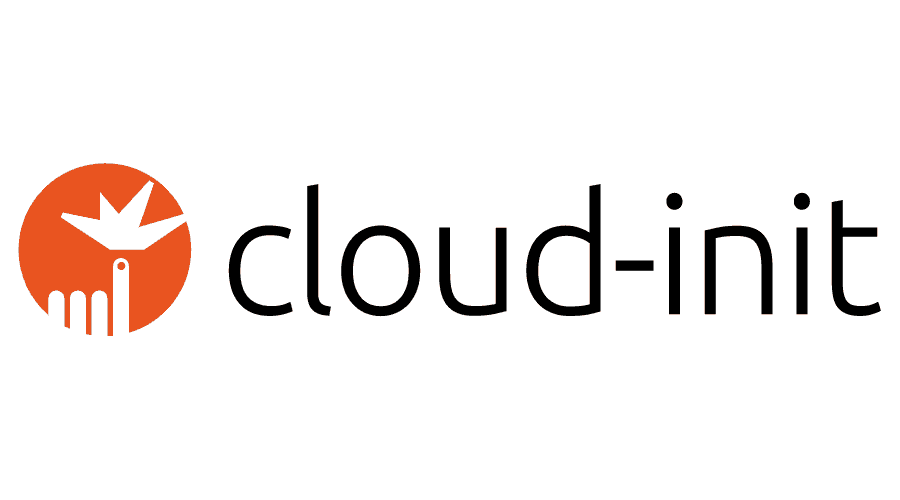Cloud-init with DigitalOcean
Welcome
Another build something yourself article. The last one was focused on Kubernetes.
Now I will try to build infrastructure for a bit different side-project.
I always want to learn SaltStack.
To be honest, I’m a huge fan of Ansible which is boring, but works.
However, sometimes I have a problem with keeping my developers account synced. Also adding
multiple users and track their settings is hard without states. So I decided to get into
the new toolbox. Additionally cloud-init with
DigitalOcean API sounds like fun.
Components
No SaltStack for now, just an infra setup.
Setting the environment
To build our infrastructure we don’t need much stuff. The first one is Access Token. DigitalOcean has great docs so, I just refer to it. When we get our token, the next step is getting the region’s name for our server. That can be done via API, doctl, or just google search. However I very like their(DO) CLI tool, also there is ZSH autocompletion(yay!).
$ doctl compute region list
Slug Name Available
nyc1 New York 1 true
sfo1 San Francisco 1 false
nyc2 New York 2 false
ams2 Amsterdam 2 false
sgp1 Singapore 1 true
lon1 London 1 true
nyc3 New York 3 true
ams3 Amsterdam 3 true
fra1 Frankfurt 1 true
tor1 Toronto 1 true
sfo2 San Francisco 2 false
blr1 Bangalore 1 true
sfo3 San Francisco 3 true
We’re interested in slug variable. In my case it will be fra1, I’m based in Poland.
Fortunately, you can choose whatever you want. Setup is ready, so let’s “code” something.
Cloud-init
Why cloud-init? Because it’s a popular init script mechanism. It can be used in AWS as well in DO, or OpenStack. It’s quite simple, started almost at boot time and what is important doesn’t require any ready VM image. To be clear, immutable infrastructure is awesome. Sometimes if we just want a cheap solution(no storage cost), or boot time is not an important factor, then init-scripts are very handy.
File content
#cloud-config
# first create a user with
# ssh key, permission, etc
users:
- name: kuba
ssh-authorized-keys:
- [email protected] AAAAGnNrLXNzaC1lZDI1NTE5QG9wZW5zc2guY29tAAAAILjtneTPZiRcjxcM2xiAvvk1BvZGyBibtTx0i+szJutMAAAABHNzaDo= jakub.wolynko@yubi
sudo: ['ALL=(ALL) NOPASSWD:ALL']
groups: sudo
shell: /bin/bash
# then upgrade base image
package_update: true
package_upgrade: true
package_reboot_if_required: true
# add security to ssh config
write_files:
- path: /etc/ssh/sshd_config
content: |
Port 31
Protocol 2
HostKey /etc/ssh/ssh_host_dsa_key
HostKey /etc/ssh/ssh_host_ecdsa_key
HostKey /etc/ssh/ssh_host_ed25519_key
UsePrivilegeSeparation yes
KeyRegenerationInterval 3600
ServerKeyBits 1024
SyslogFacility AUTH
LogLevel INFO
LoginGraceTime 120
PermitRootLogin no
StrictModes yes
RSAAuthentication yes
PubkeyAuthentication yes
IgnoreRhosts yes
RhostsRSAAuthentication no
HostbasedAuthentication no
PermitEmptyPasswords no
ChallengeResponseAuthentication no
X11Forwarding no
X11DisplayOffset 10
PrintMotd no
PrintLastLog yes
TCPKeepAlive yes
AcceptEnv LANG LC_*
UsePAM yes
AllowUsers kuba
# install salt-master and salt-ssh
runcmd:
- systemctl restart ssh
- curl -fsSL -o /usr/share/keyrings/salt-archive-keyring.gpg https://repo.saltproject.io/py3/ubuntu/20.04/amd64/latest/salt-archive-keyring.gpg
- echo "deb [signed-by=/usr/share/keyrings/salt-archive-keyring.gpg arch=amd64] https://repo.saltproject.io/py3/ubuntu/20.04/amd64/latest focal main" | tee /etc/apt/sources.list.d/salt.list
- apt-get update -y
- apt-get install salt-ssh salt-master -y
Terraformation
Terraform is industry standard. We can use DigitalOcean API, GCP API, or even CloudFlare API. Some people prefer CloudFormation, some Pulumi or Azure ARM. Personally I like terraform. It is stable and works. The bucket mechanism is helpful in case of working with teammates. So why not use it?
Content
To be honest, the project is really small. Everything goes to one file called main.tf.
terraform {
required_version = ">= 1.0.6"
required_providers {
digitalocean = {
source = "digitalocean/digitalocean"
version = "~> 2.0"
}
}
}
variable "do_token" {
type = string
}
provider "digitalocean" {
token = var.do_token
}
resource "digitalocean_droplet" "droplet" {
image = "ubuntu-20-04-x64"
name = "saltmaster"
region = "FRA1"
size = "s-1vcpu-1gb"
monitoring = true
tags = ["salt", "edu", "terrafom"]
user_data = "${file("cloud-init.yaml")}"
}
output "public_ip" {
description = "Droplet public IP"
value = digitalocean_droplet.droplet.ipv4_address
}
Also, we need to put do_token somewhere. For example in a file called sample.tfvars or in CLI variable.
Both solutions have some props and cons. The file is easy to use, but it’s important to keep it in your .gitignore.
One command leter
At the end of the day we just need to run our terraform project with:
terraform init && terraform plan -var-file=sample.tfvar
If everything looks fine we can build our infrastructure.
terrafom apply -var-file=sample.tfvars -auto-approve
Login into the new machine
ssh kuba@$(tf output -raw public_ip) -p 31
Now you can check the cloud-init logs. I can assume that some updates will be still running.
sudo tail -f /var/logs/cloud-init.log
Summary
There is no repository for the article. The project structure is simple.
.
├── cloud-init.yaml
├── main.tf
└── sample.tfvars
The most interesting tool here is cloud-init which could be very helpful in many, many cases. We can use it in cloud environment provisioning, small internal projects, or even rebuilding the DC fleet on OpenStack. In my opinion, is important for every DevOps person to be at least familiar with this concept. Even if you will never use it in production. Terraform is a terrafrom, nothing else. DigitalOcean ocean is simple, affordable, and stable. What next? I will try to focus on SaltStack.

